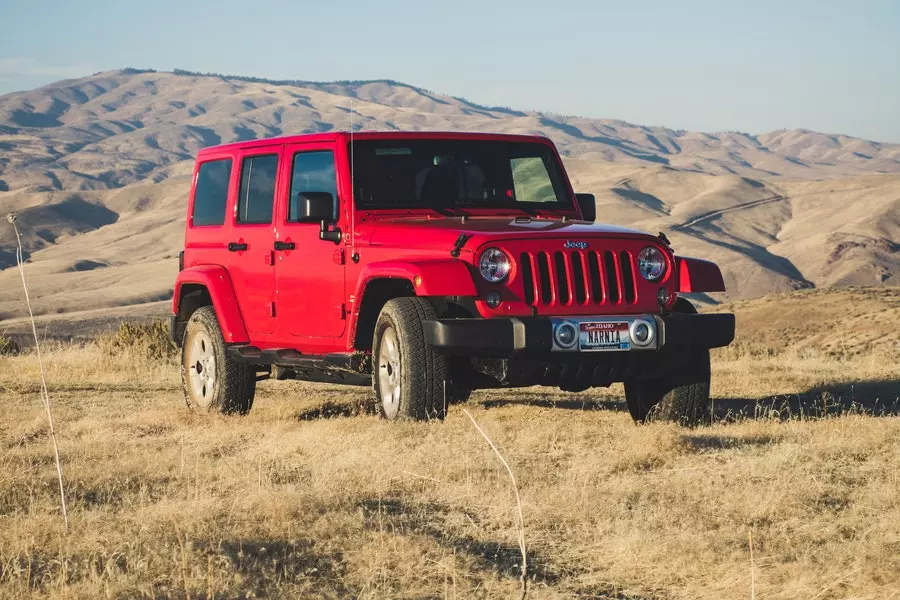
Ever-popular sport-utility vehicles, which most people shorten to “SUVs,” have seemingly been around for forever, and the market is rife with them. Have you ever thought about origin of these vehicles? Well, the term “SUV” did first appear in a 1974 brochure for the Jeep Cherokee SJ. But did Jeep invent the SUV? Keep reading.
The Issue
There is no consensus on the first use of the term SUV, although that’s generally attributed to Jeep. The descriptor didn’t immediately stick, however. That took some time. In fact, it wasn’t until 1984, when the Jeep Cherokee XJ was introduced, that the term entered the mainstream.
What Is A Sport-Utility Vehicle Anyway?
While there are many variations of SUVs, helping to render a pat definition elusive, SUVs generally are vehicles that are built from the foundation up to provide a relatively higher driving position and more interior and cargo space than passenger cars.
Other common SUV characteristics typically include a body-on-frame platform, more seating availability, more weight, and some off-road or four-wheel drive capability. SUVs are often described as vehicles that are based on an off-road or truck platform.
Then you have various kinds of SUVs, including crossovers, although some people use the terms interchangeably. Essentially, a crossover, which is sometimes called an CUV, can be described as a cross between a car and an SUV.
Jeep’s current SUV lineup includes the Compass, Cherokee, Renegade, Grand Cherokee, and Wrangler.
Jeep And The Genesis Of Sport-Utility Vehicles
Regardless of when the term was first used, the 1949 Willys Jeep Station Wagon is often viewed as the first SUV, although the 4WD-less early 1930s Chevy Suburban gets some mentions.
The Jeep, though, was based on a wartime architecture and featured an estate body and optional 4WD. The five-door, rear-wheel drive vehicle combined an airy interior with a four-wheel drive capability. It featured a three-speed manual and topped out speed- wise at 70 mph. From zero to 60 mph took about 23 seconds.
The vehicle – the first all-steel wagon to be produced and sold in the United States – weighed 3,150 pounds, was 174.75 inches long, and used an inline four-cylinder single overhead cam V6 that put out a horsepower of 63. Popular for its practicality, utility, attractiveness, and affordability, the station wagon was an immediate hit.
Wagoneer Started It All
After the Jeep, several automakers built their own variations. However, most of these vehicles had a “farming” or agricultural feel. Then came the Jeep Wagoneer of the middle 1960s, which was the first Jeep SUV to feature more car-like manners. That all- new 1963 vehicle was lower, longer, and bigger than the station wagon, and was the first four-wheel drive ride to be available with an optional automatic transmission.
While previous four-wheel drive vehicles were still mostly perceived as utilitarian work trucks, the Wagoneer was seen as a different kind of ride. Yes, the Willys wagon had available four-wheel drive, but the Wagoneer is widely viewed as the first real sports utility wagon.
In fact, the Wagoneer came about in response to widening competition in the 4WD space. Until 1960, Willys basically owned that market. But the following year, International Harvester unveiled its new Scout SUVs. That prompted Jeep to advance development of a Jeep wagon replacement.
The ’63 model was markedly bigger and had more of a family bent than the old Willys wagon. What’s more, innovations and novel ideas included the offering of both two- and four-door models, and doors that could open 90 degrees. Also, the passenger compartment was spacious, and the interior trim was refined compared with other sport-utility vehicles.
So, did Jeep invent the SUV? We’d have to say yes, even if the term wasn’t yet part of the U.S. car zeitgeist. And even then, Jeep was at least among the first to use the term. But by most definitions of what constitutes a sport-utility vehicle, that 1963 Jeep Wagoneer was an SUV through and through.








